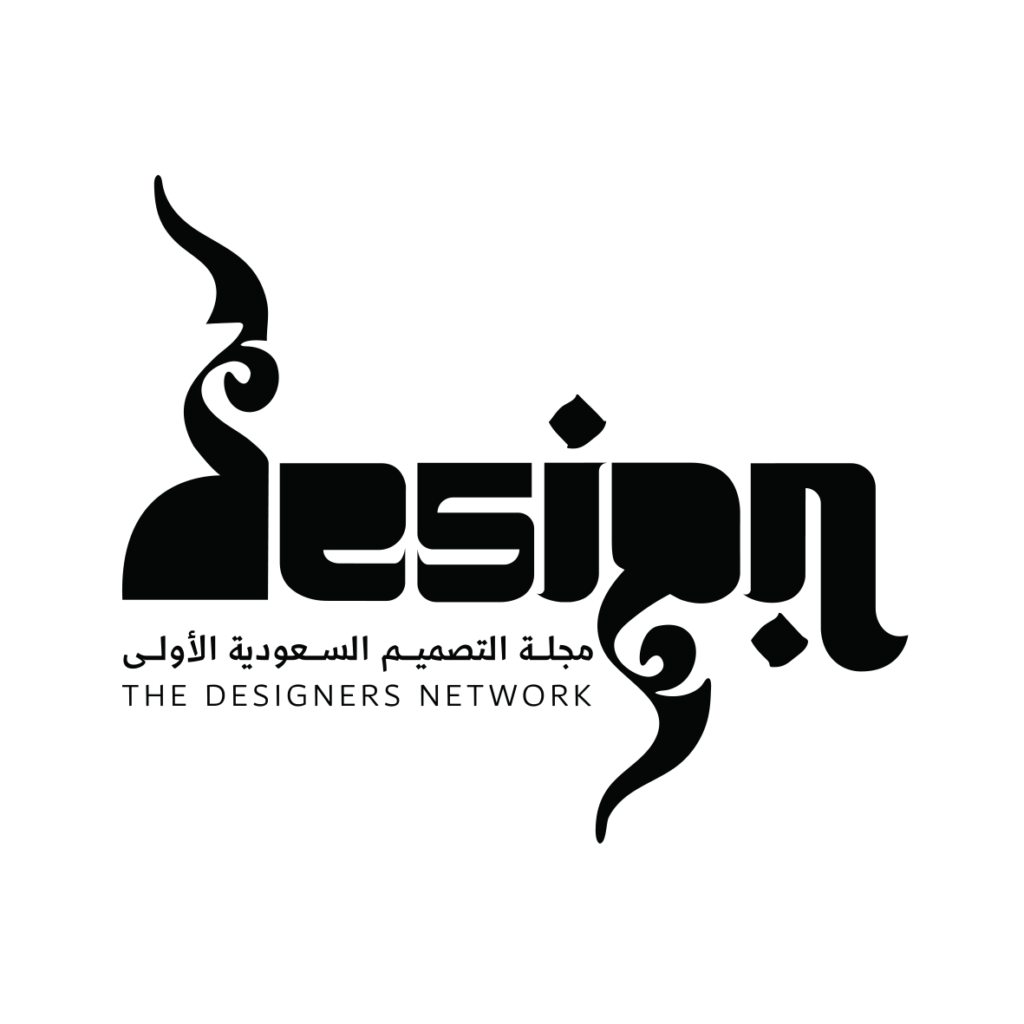In light of the recent surge of contemporary art coming from the Middle East, Saudi Arabia remains as one of the most interesting and most intriguing in terms of content, and by content I mean the quality of the work by contemporary artists. All thanks to non-profit organizations dedicated to promoting contemporary Saudi art, such as Edge of Arabia and Nabatt, and local galleries that make sure their artists are exposed beyond the borders of the Kingdom, such as Athr Gallery.
One of these rising stars on a global scale is Manal Al Dowayan. Manal was born and raised in the Eastern Province of Saudi Arabia, and after many years working in ARAMCO, she resigned to commit herself to art and art alone, in Dhahran. In 2010 she became a resident artist in Dubai’s Cuadro Art Gallery, guided by founder and director, Bashar Alshroogi.
Manal’s international recognition came from the extensive touring exhibition of Edge of Arabia, which travelled from London to Venice, Berlin, Istanbul and in March 2011they will be showing a major exhibition in Dubai’s DIFC, coinciding with Art Dubai 2011. Another major accomplishment for Manal is her photograph, “Pointing to the Future” that was exhibited in New York at the 49th Session of the United Nations Commission on the Status of Women (CSW) in 2005; a photograph so simple, yet with a strong and bold message (two qualities that are persistently retained in every single artwork and image by Manal).
employment and turned it into an issue that threatens our Saudi identity and may lead to the loss of our Islamic faith. Women leaving their home, earning money (something that might lead to her independence), mixing with men are the main pillars of the argument; some who try to appease both sides argued that women can work in jobs that “suit their nature.”
That statement was the basis of the “I AM” collection. In this collection I examine my nature and I wonder ‘is my nature as a woman another limitation on my potential that I need to overcome or accept?’ In my search for answers I found inspiration from the history of Arabian women who have, for thousands of years, worked for their families while the men were away in the desert. Women have traditionally been the wage earners in the family and only with the recent events of the oil boom and urban transformations in the region did women abandon this role. But things have now changed with ‘women making up 55% of undergraduates, but only 15% of the labor force (Chu&Radwan, TIME)
The 2003 Arab Human Development Report identified the „deficit in women‘s empowerment“ as one of three key impediments to “progress in the Arab world“. So it is no longer an issue of whether a woman should work, but rather, when can women become involved in the development of their country.
The collection “I AM” hosts a variety of Saudi Arabian women who perform important roles in Saudi society through their careers. At the same time each photograph has a piece of traditional jewelry placed in an obstructive and unnatural way, questioning cultural traditions that prevent Saudi women from expanding their roles in society. Although the history of the Arab woman inspires me, it is the modern Arab woman that motivates and gives me courage.
I hope that women with education and financial independence will become fully and actively involved in shaping the decisions that affect their future and the futures of their daughters.”

While many locals might regard Manal’s artwork as “offensive,“ one thing for sure is that it provokes thought and dialogue, and isn’t that one of the divine purposes of art?! With a resilient feminist subject matter in Manal’s work, it would not be a surprise when faced with censorship or backlash. Her artwork has only been exhibited in a handful of minor exhibitions in Saudi, only parts of the “I AM” and “The Choice” series, but no major exhibition featured her work locally. However, ironically, several local newspapers and magazines (such as yours truly) featured her most talked about photographs. Adding to that, Manal said “I was asked once to take down “I AM A Petroleum Engineer” at a show in a European capital I believe the people who thought it shouldn’t be shown misunderstood the photograph and therefore thought it portrayed a negative image of women but in reality it was communicating a positive message.
I did not take it down in the end. I have also been excluded from a press conference because there were concerns that I would again communicate a negative image of women in my country when in reality I am a living example of a woman who has a successful career and a good education. I would think I portray something positive. I also get emails through my website sometimes questioning the concepts behind some of my works.
A recent artwork that generated a few emails is “Strictly for Families Only” which was published in a PanArab newspaper and shown on TV during an interview that I gave. But I answer these emails and clarify their meaning and usually the sender is quite happy that I interacted with them and actually responded.” She did not stop there; she exhibited parts of her controversial series “I AM” and “The Choice” in Riyadh and Al-Khobar between 2006 and 2007.
Her work has travelled to Spain, Italy, Belgium, Germany, the UK, USA, UAE, and Saudi Arabia. Her artworks are part of the permanent collections of the British Museum, The Abdullatif Jamil Foundation, The Delfina Foundation in London, Nadour Foundation in Germany, and Barjeel Foundation in Sharjah.

